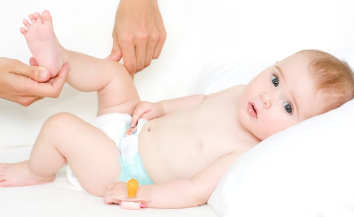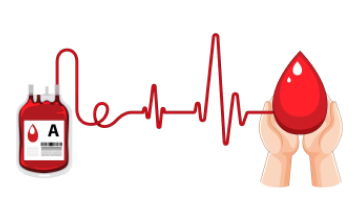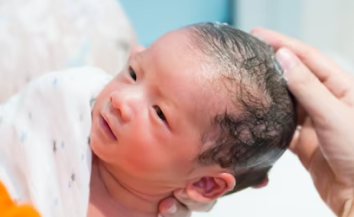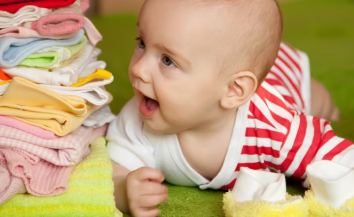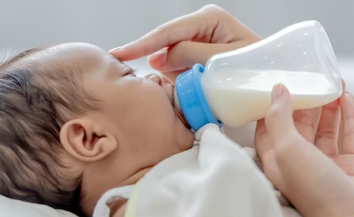You may also like…
‘’A sleeping baby is the new parent’s greatest treasure’’
Sleep
It is more often than not said that a parent or mom should sleep when their baby sleeps, but this is easier said than done. At some point, a new parent must accept that your brand new baby will come with a slight hint of sleep deprivation on your side but fret not, this will be over soon. To help answer all your queries on your baby’s sleep why’s and if’s continue reading this article.
A newborn should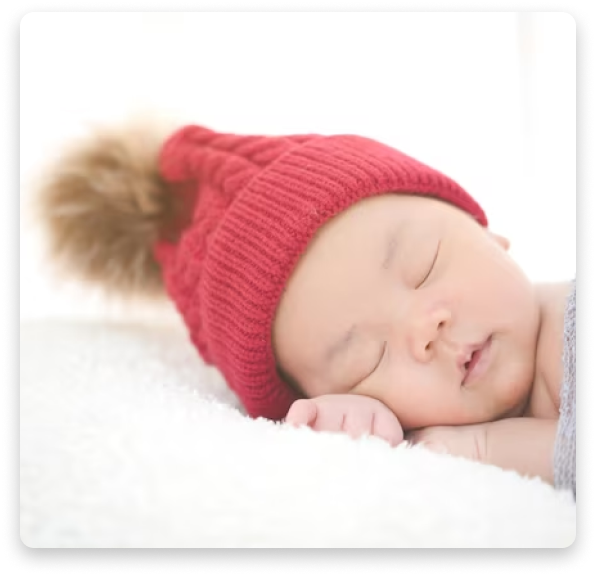
- Sleep on their back.
- In a crib that meets the current safety standards with a firm, flat surface free of pillows, cushions, loose bedding or toys.
Its recommended that they share a room with their parents but not the same bed to reduce the risk of sudden infant death syndrome.
What is the sudden infant death syndrome (crib death)?
Sudden Infant Death Syndrome (SIDS), also known as crib death, is the sudden and unexpected death of an otherwise healthy baby under the age of one. The exact cause of SIDS is unknown, but it’s believed to be related to several factors including an infant’s sleep position, exposure to secondhand smoke, soft bedding, and overheating. To reduce the risk of SID, it’s important to follow safe sleep guidelines such as placing the baby on their back to sleep, in a crib or bassinet that meets current safety standards, with a firm and flat surface free of pillows, cushions, and loose bedding. Additionally, it’s recommended to avoid exposing the baby to secondhand smoke and keep the room at a comfortable temperature. Consult your pediatrician with any concerns or questions.
How many hours do babies generally sleep?
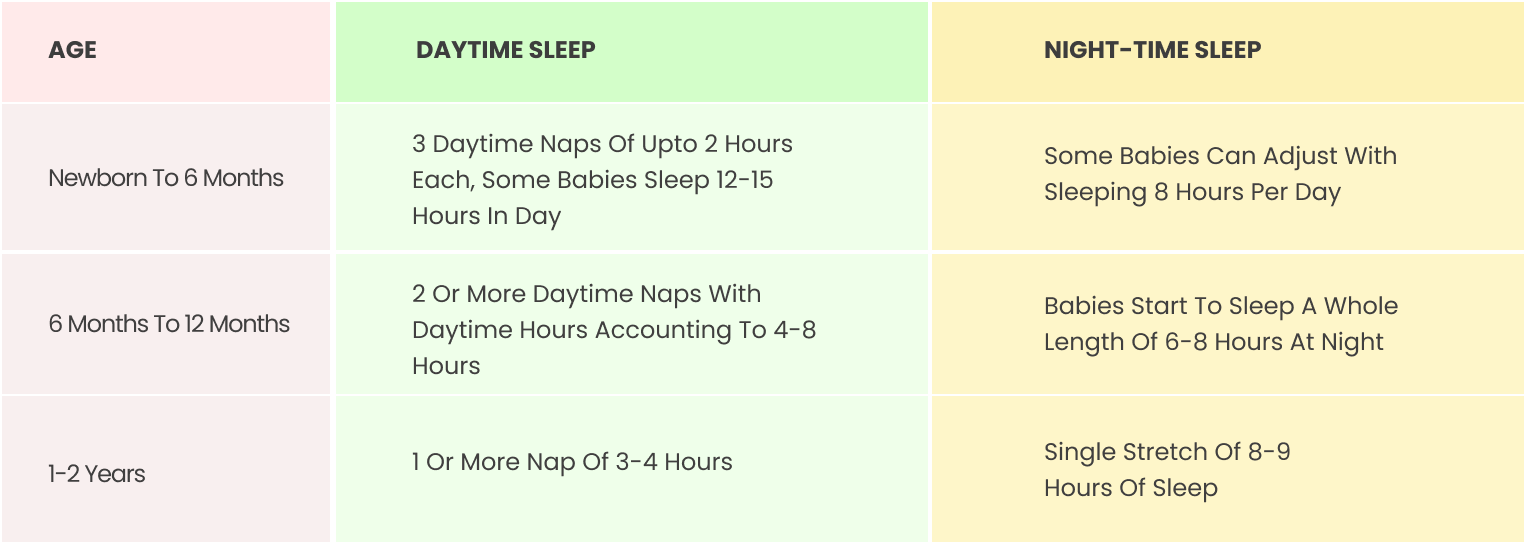 What are the safety standards of a cot or a bassinet?
What are the safety standards of a cot or a bassinet?
Cribs and bassinets must meet certain safety standards established by organizations such as the Consumer Product Safety Commission (CPSC) in the United States, and similar organizations in other countries. Some of the standards include: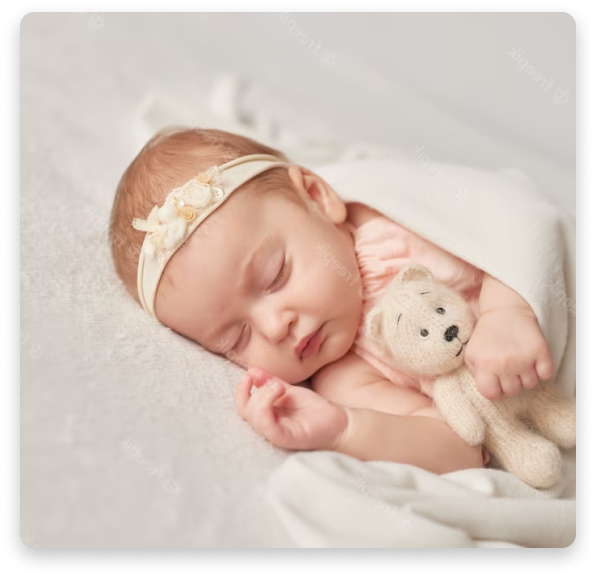
- Firm and flat sleeping surface: No soft objects, loose bedding, pillows, or cushions should be in the crib or bassinet.
- No drop-side rails: Drop-side rails, which can detach and create a dangerous gap, have been banned in the U.S.
- No cutouts or sharp edges: The edges of the crib or bassinet should be smooth, without sharp edges or corners that could cause injury.
- Safely spaced slats: The slats should be no more than 2 3/8 inches apart, so that a baby’s head cannot
- get trapped.
- Securely attached side rail: The side rail should be securely attached and not able to be dislodged by a baby’s weight or movement.
It’s important to purchase a crib or bassinet that meets these safety standards, and to regularly check for any signs of wear or damage that could compromise its safety. Also, it’s recommended to use a crib or bassinet that is appropriate for the size and age of your baby.


